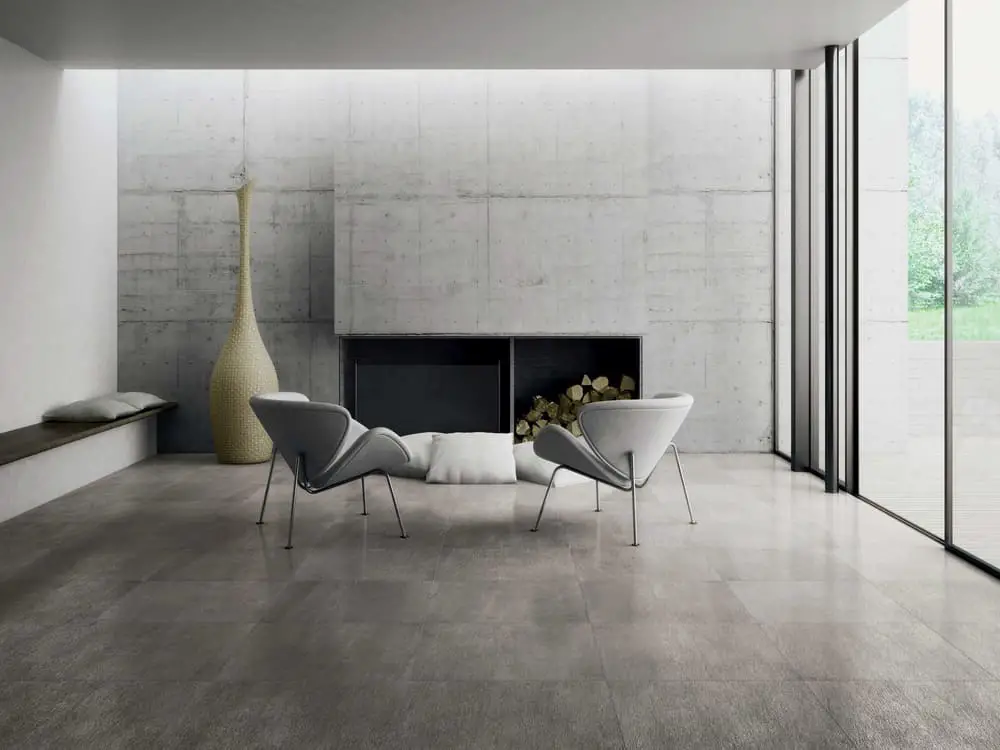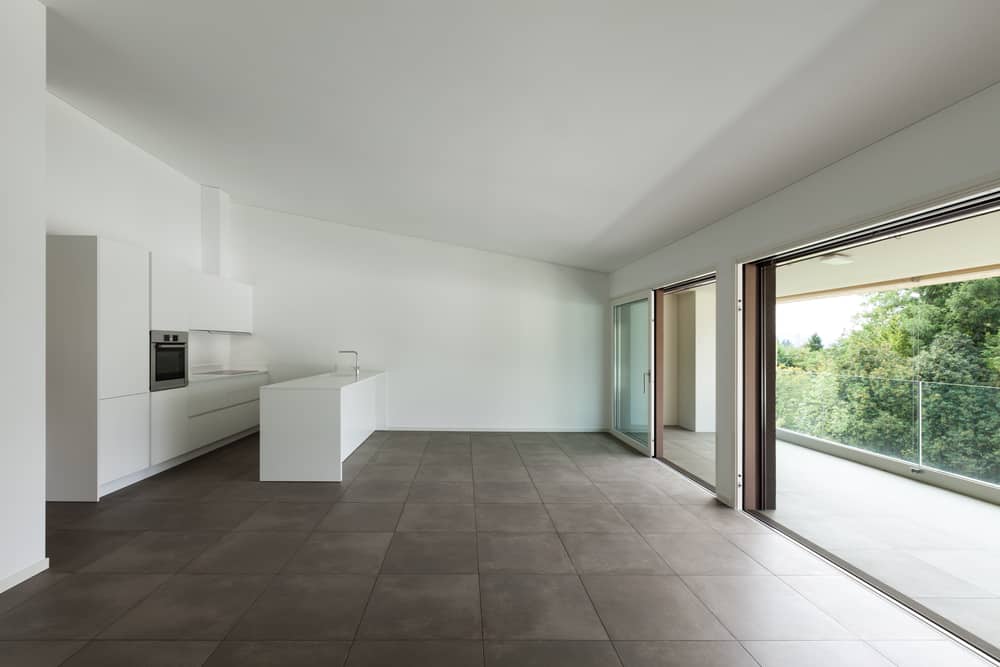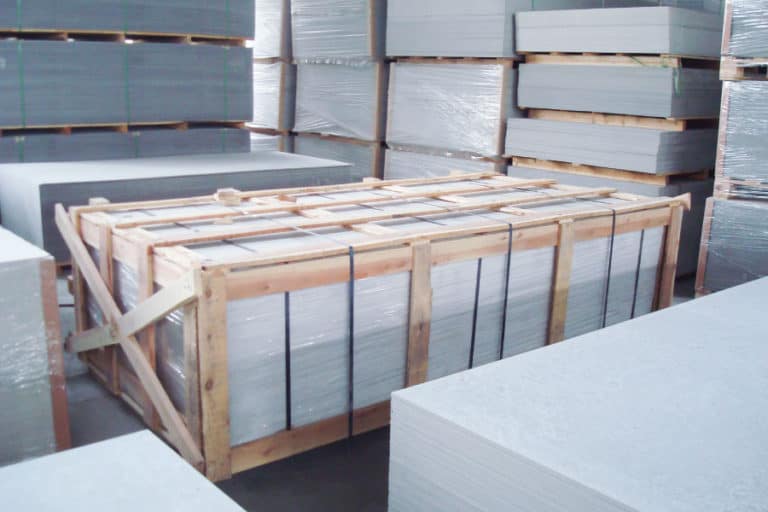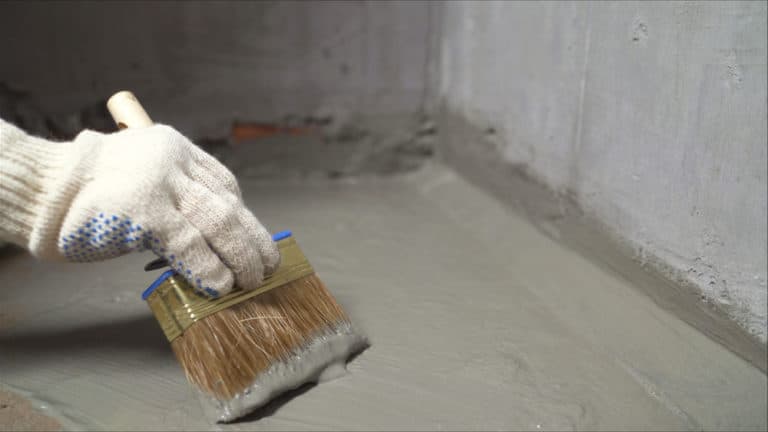Should Floors Be Darker Than Walls?
During the past few months, I have updated the cushions, added new rugs and drapes, and replaced the wall art, which has invigorated my home. However, the eighties-style floor tiles bring the space down. Wanting to change the floors and knowing that they would be a long-time commitment, I did a bit of research.
The combination of light walls and dark floors have a classic, sophisticated look and makes an interior feel spacious. However, there are other factors to consider before deciding whether to choose light or dark floors, like the size of the space and the amount of natural light the room gets.
Floors are one of the most essential elements in your home as they anchor everything else and contribute to the general aesthetic of your space. So choosing the best floors for your home can be a daunting task.
Dark Floors In Small Rooms
It is common knowledge that dark walls make a small room appear smaller. Dark floors in a small room will have the same effect. However, if you have your heart set on dark floors but you have a small space, there may be a way to pull this off without your interior looking cramped.
Large windows that allow lots of light to stream in, making for a dream room! If you have a small space but lots of natural light, dark floors and light walls would definitely work. The light walls and natural light will make the room seem more spacious. The dark floor will create that elegant look that you are after.
Choose larger tiles or broader planks, which will also prevent the room from looking small due to the dark floor. Concrete floors are a great option because they have a continuous flow. This continuous flow gives the illusion of a more spacious room.
Lastly, decide on how dark you want to go. Floors a few shades darker than walls will give you that visual contrast without shrinking your space.
Dark Floors And Light Walls
Dark floors against light walls make a glorious visual impact and will form a classic backdrop for your furniture and décor. When there is a drastic contrast in color between floors and walls, the features of each stand out and are highlighted in the space.
Dark walls usually make a room look smaller, especially if there is little natural light coming in. Dark walls also make the ceiling appear lower. Light walls, on the other hand, will make a room seem airy and expansive.
Dark floors have the same effect as dark walls; they can make a room appear smaller. Therefore, by pairing dark floors with light walls, you not only create an excellent contrast, but the light walls balance out the dark floors and make the room feel spacious.
Should Walls And Floors Be The Same Color?
Floors and walls are the largest surface area in a space. The colors of the walls and floors should complement each other and work to create a visually harmonious and aesthetically pleasing room.
It will be an arduous task to get the walls and floors to be the exact same color. However, choosing floors and walls in the same color tone creates a clean and seamless backdrop.
If you choose walls and floors in the same color, it is recommended to go with light walls and light floors to prevent your room from looking dark and feeling closed in and cramped. Alternatively, choose floors that are slightly darker than walls.

How To Choose The Right Floor Color
The color of your floor will set the tone of your space. It will also affect the look and style of your home, so it is vital to choose the right one. Here’s what you should consider:
- The size of your space.
If you want to make the area appear more spacious, choose light-colored floors. Alternatively, you may want to create a cozy, intimate space in a more expansive room. In this case, choose a dark floor.
- Contrast or match with floors you already have.
If you are redoing the floors in one part of your house, consider whether you want the new floors to match or contrast with the floors already in place. I like having a continuous flow throughout my home. Having the same unified floors throughout the space helps to achieve a seamless flow.
A contrast in different floors helps to demarcate separate zones in an open-plan space. Floors in different colors or finishes also add interest to an area.
- Determine the style you want to create.
The color of your floor will affect the style and atmosphere that you want to create. If you love a classic, formal look, dark floors will work well in your space. If a laid-back, coastal vibe is what you’d like to channel in your home, go for light floors.
- Think about what you already have.
The floor you choose should be the foundation and backdrop for your furniture, rugs, and artwork. Introducing too many different styles, colors, and finishes in one space can make the room feel chaotic. The floor must complement what you already have.
- The amount of light in the room.
As the day progresses and the sunlight that streams in evolves, the floors’ color will appear to change, especially if you have dark, wood floors. For this reason, it is a good idea to get floor samples and compare the color of the samples in the morning, midday, and night to make sure you are choosing a floor that you like in your space.
If the room does not get a lot of sunlight, a lighter floor will help brighten the space.
Conclusion
Darker floors against light walls are a classic combination. They offer a pleasing visual impact and create a great foundation for decorating your space.
However, before settling on the color and finish of your floors, take some time to consider the atmosphere and style you want to create in your space. Look at home much natural light the room gets. You also need to take into account the size of the room and the furniture you will be placing in the room.







